A Quilt for Elias
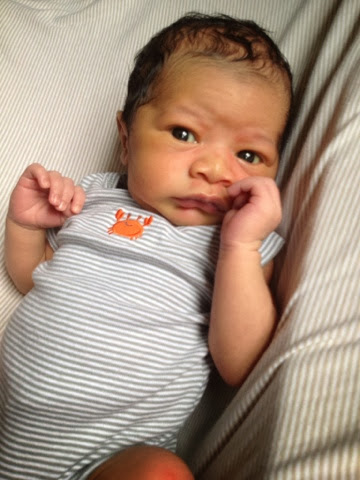
My brother has two little boys, and when the first one was born, I knitted a blanket for him. He was born in late March, so I had plenty of time to knit this blanket. I am not the best knitter, so it took quite a while to finish. My second nephew was born in late June...right in the middle of crafty season (the picture above was taken when he was 5 days old...he was awake and ready to meet me!) I was busy making soap, lotions, etc., so knitting a blanket was not possible. Just not enough time to get it done, so I decided to make a quilt. This is not really a tutorial, but more of an inspiration for you to try something new. If I can do it...anyone can!
I have never made a quilt before, but I was determined to make a nice keepsake for my little nephew. I scoured the internet, and found some basic instructions. Traditionally, quilts are made with different squares of fabric pieced together. But, for my first try, I decided to keep things simple. I purchased 4 yards of a colorful fabric and another 1/2 yard for the trim, I also purchased some crib size quilt batting.
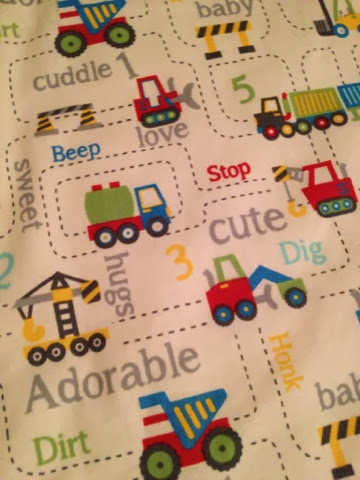
First I cut and measured the fabric and batting, then pinned them together (right sides facing each other.) I sewed them together and turned the fabric right side out. I passed a light iron over the whole thing to smooth out any wrinkles.
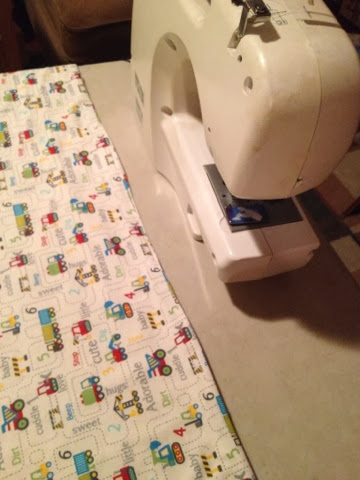
After I had everything assembled, and sewed up all edges, I used a fabric pencil and marked off 12" sections. I then ran the whole thing under the sewing machine to "create" the quilting. I must admit, the lines were very wonky, but not that noticeable.
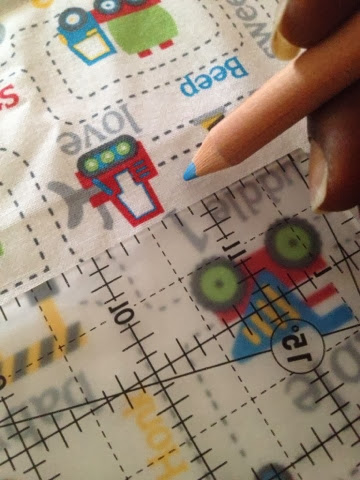
Using a bias tape maker, I made a 2" trim for all 4 edges of the blanket. I pinned the trim in place, and sewed three of them in place.
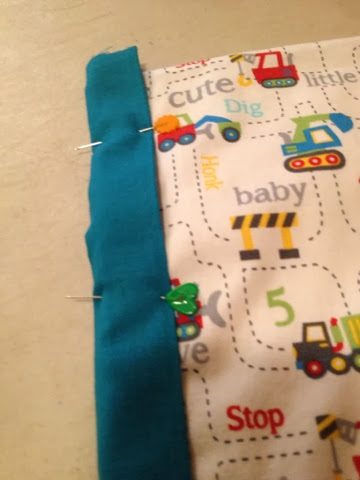
Before sewing on the last piece of trim, I decided to embroider his name on it....just to personalize it a bit more.
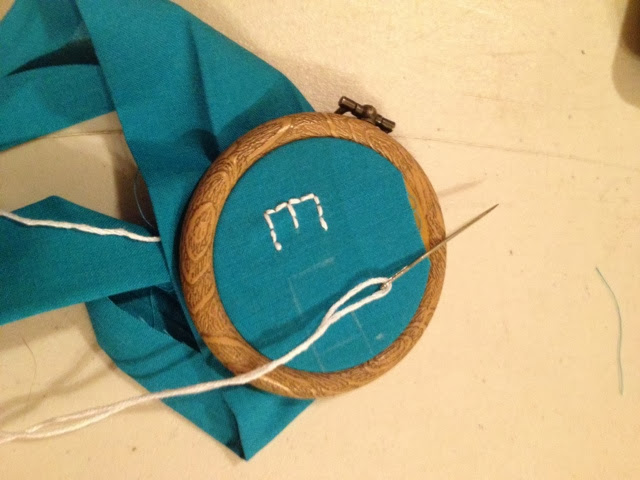
Here it is....the finished quilt. I was able to give him the blanket when he was two weeks old. I was so proud of my efforts! Maybe with the next quilt, I will get a bit more fancy, and try to piece different squares together.
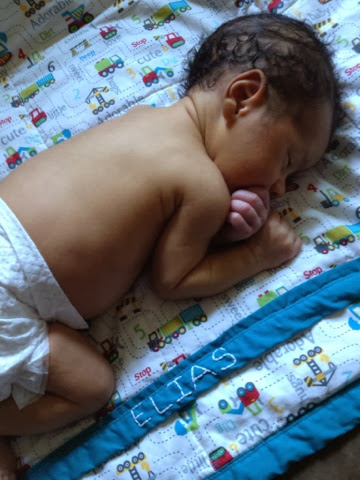



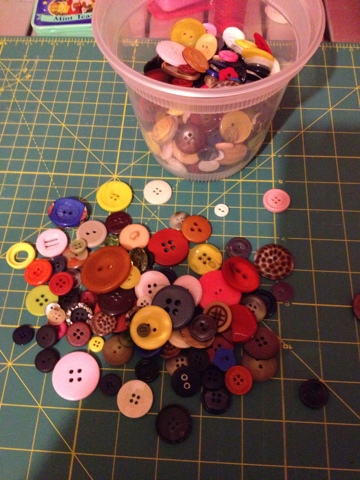
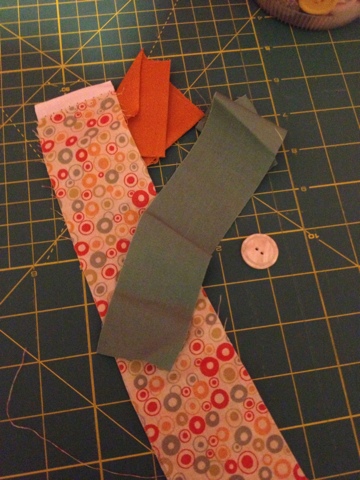

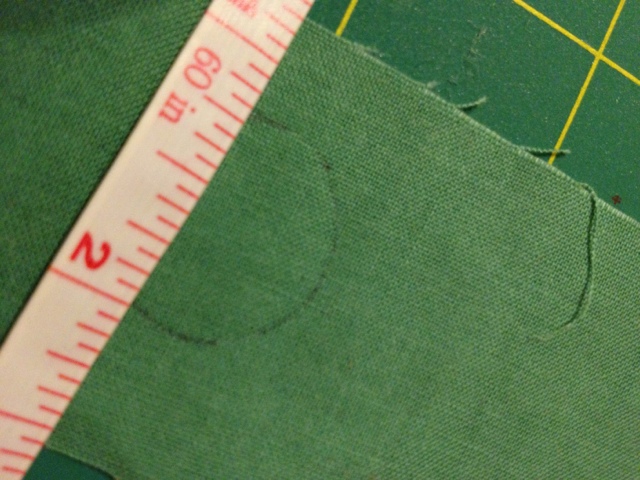


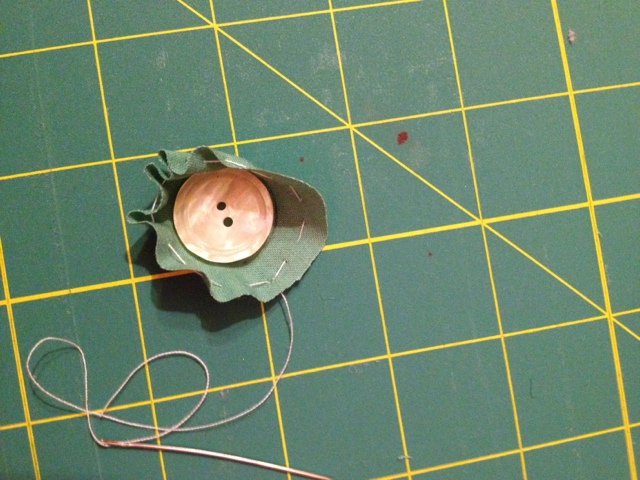
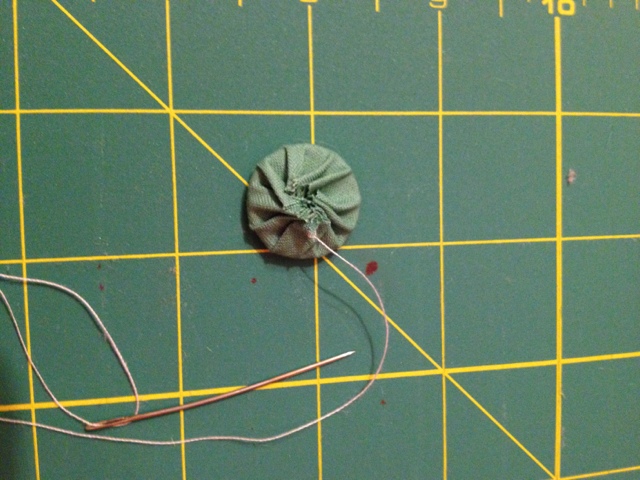

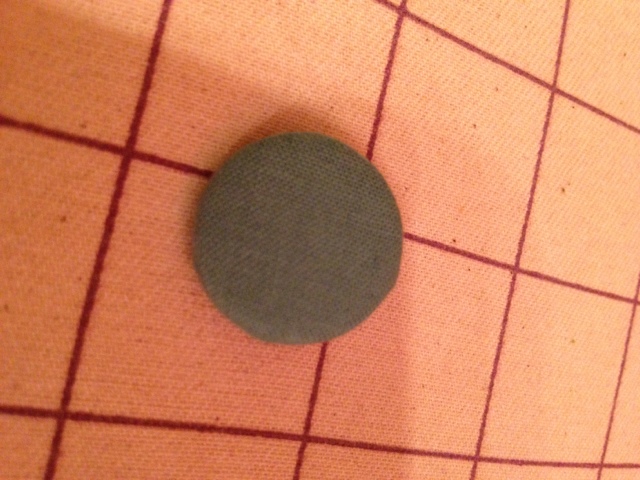

 Seventeen years ago my husband and I had, apart from the keg of beer and some catered Chinese food, a completely Handmade Wedding. We had very little money but plenty of friends and relatives ready to help us out, and since I lived at the General Theological Seminary in Chelsea, a completely gorgeous spot to get married in. So I gave myself a year to complete all the tasks, which included designing and sewing the dresses for myself and the bridesmaids, making the cake, the flowers, the invites, the decorations and of course, the wedding favors.
Seventeen years ago my husband and I had, apart from the keg of beer and some catered Chinese food, a completely Handmade Wedding. We had very little money but plenty of friends and relatives ready to help us out, and since I lived at the General Theological Seminary in Chelsea, a completely gorgeous spot to get married in. So I gave myself a year to complete all the tasks, which included designing and sewing the dresses for myself and the bridesmaids, making the cake, the flowers, the invites, the decorations and of course, the wedding favors.
 When I got them back I had no intention of dealing with glazes and a second firing, for as I said before, I had more time than money. Instead I dipped them in a very, very watery acrylic bath. I mixed up three colors with my acrylic paints: white, magenta, and a little red for the warm pink, phthalocyanine blue and white for the sky blue, and ultramarine blue, magenta, and white for the lavender. I then slowly mixed in more and more water so that each was more like colored water than paint. Using my fingers, I dipped each heart in one of the colored waters and then put it on wax paper to dry, though I think I would use tweezers or tongs to do it today. It makes for a very pleasant soft watercolor effect and the 300 hearts were done in no time.
When I got them back I had no intention of dealing with glazes and a second firing, for as I said before, I had more time than money. Instead I dipped them in a very, very watery acrylic bath. I mixed up three colors with my acrylic paints: white, magenta, and a little red for the warm pink, phthalocyanine blue and white for the sky blue, and ultramarine blue, magenta, and white for the lavender. I then slowly mixed in more and more water so that each was more like colored water than paint. Using my fingers, I dipped each heart in one of the colored waters and then put it on wax paper to dry, though I think I would use tweezers or tongs to do it today. It makes for a very pleasant soft watercolor effect and the 300 hearts were done in no time. One friend painstakingly wrote our names and the date of our wedding on the back while another tied on the ribbons, and our nieces handed out the favors to our guests. Many of my friends and relatives still have them!
One friend painstakingly wrote our names and the date of our wedding on the back while another tied on the ribbons, and our nieces handed out the favors to our guests. Many of my friends and relatives still have them! I think today there are many different air-drying clays you could use instead of actual pottery clay. They are available at art stores and online suppliers and would require a little research. There is certainly a greater variety of cookie cutters! You are sure to find a shape with special meaning for the special couple. For an experienced crafter this is a fun way to handmake a wedding favor that your friends will keep and remember.
I think today there are many different air-drying clays you could use instead of actual pottery clay. They are available at art stores and online suppliers and would require a little research. There is certainly a greater variety of cookie cutters! You are sure to find a shape with special meaning for the special couple. For an experienced crafter this is a fun way to handmake a wedding favor that your friends will keep and remember.








